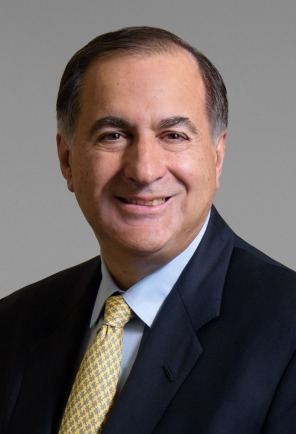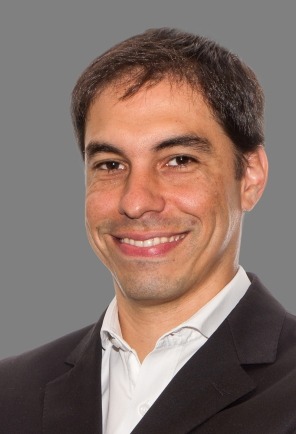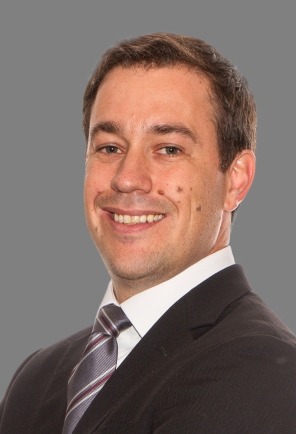Brazil at a Crossroads: Transformation Through Recession and Beyond
Brazil’s economy is slowly recovering from its deepest ever recession. Its gross domestic product (GDP) shrank by 10 percent between late 2013 and the middle of 2017, hit by the fall in commodity prices and corruption scandals linked to the government that undermined the confidence of both foreign investors and Brazilians.
In November, in response to the crisis, Brazilians elected a controversial, conservative and pro-markets president, Jair Bolsonaro, whose campaign promises included cutting the public debt by 20 percent and opening up the economy, takes office on January 1, 2019. The markets rallied, and the economy is growing again, although the recovery is still weak and unemployment is close to 12 percent.
Against this turbulent backdrop, more and more Brazilian companies have sought to transform their operations, firstly to survive the slump and now to capitalize on a future recovery.
“Due to the depth and complexity of the crisis, a lot of multinational companies had to ask for money from their headquarters,” says Eduardo Sampaio de Oliveira, Managing Director with Alvarez & Marsal in Sao Paulo. “For local companies, the crisis accelerated issues that were already there. These issues became more apparent once performance was more closely evaluated.”
Case Study: Growth in a Recession
One of A&M’s most significant transformation projects in Brazil has been with an industrial group headquartered in the U.S. During the recession, this Brazilian business was short on cash and profits were considerably lower than the group averages, and worse than other Latin American countries. The parent company tried unsuccessfully to implement changes. That’s when they turned to A&M.
After a rapid initial assessment, A&M and the company began an 18-month cultural and operational transformation that resulted in the company growing and gaining market share, even as the overall market was still in decline. EBITDA earnings soared from 6.6 percent to 17.2 percent.
One of the most significant elements of change was the workforce: Sampaio and his team recognized the company’s organizational structure was too heavy for its income, and there were high discrepancies regarding salaries, performance and cultural fit among the staff. In Brazil, it is illegal to reduce employees’ salaries and severance costs are very high, so companies end up employing people in the same position for years. In addition to the legal restrictions, employers worry that they will create a knowledge gap if long-serving staff leave the company.
As a result, “the first thing we needed to do was identify where the knowledge really was, identify the key professionals to support the transformation and empower them with the right placement and the right tools,” says Mauricio Pela, Senior Director with A&M in Brazil.
Working with the client, A&M carried out a series of interviews, performance reviews and operational analyses, and as a result, headcount was reduced by 40 percent. Among the jobs that remained, 37 percent of roles were filled with new people and 27 percent of staff moved to new jobs within the company.
In this case, the parent company was able to manage the cost of the severance payouts. For clients without such an option, A&M ensures cash flow can meet the cost as part of the transformation.
A&M implemented significant changes in the company’s operations, among them, supply chain, bringing in cheaper, higher-quality suppliers and optimizing working practices for greater efficiency and reduced costs. Every change was made with the full support of the client: “we challenged the status quo and suggested alternatives for improvement, some were accepted and implemented, some we had to re-visit,” says Sampaio. “Although the transformation starts with a robust plan, during its execution several new ideas and opportunities arose. We were quick to identify those new opportunities and implement them.”
Six months after the project in Brazil ended, the client asked A&M to carry out a similar program for its operations in the U.S., which was a far larger business. Shortly after that, the company agreed to a multi-billion-dollar merger with a rival to become the industry leader in its sector. The client asked A&M to work on the efficiency and integration opportunities of the deal, both in Brazil and the U.S. The way the relationship grew reinforces the success and impact of the transformation work.
What next?
Brazil is now at an inflection point. It remains to be seen whether the president-elect can keep his campaign promises to cut red tape and control pension costs. Bolsonaro’s alt-right rhetoric on social issues may grab headlines, but as far as business is concerned, there are “quick wins” for the new president to go for in tax cuts and investment.
“The last few years have been about surviving and now it will be more about growth,” says Sampaio. For companies that have made the necessary adjustments and operating improvements during the hard times, “now we’re talking about how to grow. If the economy improves by two to three percent, those companies will need more capital expenditure to meet demand - it’s a whole new approach.”
Click here to download a PDF version of this newsletter >
Stay informed about the key issues driving companies to seek meaningful, lasting change in From the Inside Out, our corporate transformation newsletter.




